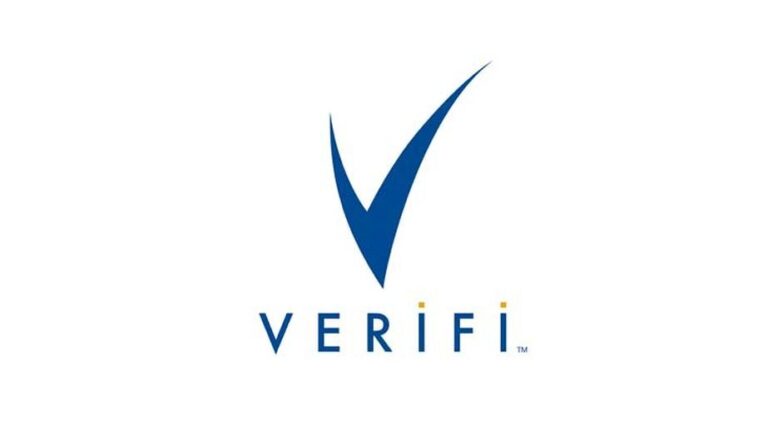The Future of Chargeback Regulation

Why Chargeback Regulation Is Tightening
Chargeback regulation is entering a new era of enforcement. Networks are no longer satisfied with broad compliance statements; they now expect data-backed accountability. The shift is a response to persistent chargeback abuse, rising first-party fraud, and uneven acquirer oversight.
Visa’s Acquirer Monitoring Program (VAMP), which replaced both the Visa Dispute Monitoring Program (VDMP) and Visa Fraud Monitoring Program (VFMP) in April 2025, is at the center of this change. Under VAMP, acquirers are responsible for monitoring the merchants in their portfolios with far greater precision. The program enforces stricter dispute and fraud thresholds and introduces clearer escalation steps when merchants approach those limits.
These updates have made compliance less about hitting monthly averages and more about maintaining sustained control over chargeback ratios and fraud rates. For merchants, that means every transaction now contributes to a broader compliance story, one that acquirers and networks are constantly reviewing.
Inside Visa’s VAMP Program
VAMP’s goal is to strengthen the connection between merchant activity and acquirer accountability. Merchants who consistently exceed dispute thresholds risk being flagged for remediation. In the past, these actions were often delayed by quarterly reviews or manual reporting. Now, automation has made non-compliance visible in near real time.
Under VAMP, acquirers are required to report and address excessive ratios earlier in the cycle. This reduces surprises for networks but increases pressure on merchants who may not have the same level of visibility into their dispute data. Tools like Verifi Order Insight and Ethoca Consumer Clarity have become crucial in meeting these expectations, helping merchants share order data directly with issuers to resolve disputes before they become chargebacks.
The Merchant Impact: From Monitoring to Enforcement
The new regulatory environment will have ripple effects across the merchant ecosystem:
- Lower thresholds mean tighter margins for error. Merchants with even small spikes in chargebacks could face intervention sooner.
- Acquirers will act faster. Many are implementing automatic alerts or service restrictions when merchants approach program thresholds.
- Data transparency is now mandatory. Networks expect clear visibility into how merchants are preventing and resolving disputes.
The result is an environment where chargeback regulation is not only more rigorous but also more data-driven. Merchants who adopt early-warning systems like chargeback alerts or automated resolution workflows will be better positioned to comply.
Aligning Strategy with New Compliance Standards
Adapting to these evolving standards requires an integrated approach that combines monitoring, automation, and documentation. Merchants can prepare by:
Integrating prevention and resolution tools. Using ChargebackHelp’s DEFLECT and RESOLVE solutions enables direct data sharing between merchants and issuers. This ensures compliance with Visa and Mastercard’s early resolution requirements.
Tracking chargeback ratios monthly. Rather than relying on acquirer reports, merchants should maintain their own ratio dashboards. This helps identify risk trends before they escalate.
Implementing structured response workflows. A clear, documented response plan ensures that each alert or dispute follows a consistent process that aligns with acquirer expectations.
Maintaining network communication. Merchants that proactively engage with acquirers when ratios rise are more likely to avoid penalties or monitoring program placement.
These operational shifts are not optional. They are the new foundation of modern chargeback regulation and a key factor in maintaining long-term processing stability.
Looking Beyond VAMP
VAMP is only the beginning of a broader transformation. Visa’s focus on proactive acquirer oversight signals a regulatory model that could soon extend across networks. Mastercard’s First-Party Trust framework and Mastercom Collaboration already reflect similar goals: real-time visibility, automated resolution, and lower portfolio-level exposure to fraud.
In the next few years, expect to see:
- Greater harmonization between Visa and Mastercard monitoring frameworks.
- Global adoption of standardized dispute data reporting.
- Increased use of AI-driven fraud and dispute detection models.
This convergence points toward a future where chargeback regulation becomes more predictive than punitive. For merchants, that means automation will play a larger role not only in compliance but in preventing issues before they occur.
Next Steps: Partnering for Compliance and Performance
Staying compliant under these new rules requires more than awareness—it requires partnership. ChargebackHelp’s chargeback management solutions give merchants full visibility into their dispute data and direct access to tools that align with Visa’s evolving standards. Whether you’re trying to reduce ratios, maintain acquirer trust, or automate dispute handling, our platform ensures your operations stay within the boundaries of modern chargeback regulation.
Become a VAMP Champ!
Visa’s new global monitoring program is changing the rules for chargeback compliance, and merchants who aren’t prepared risk heavy fines and increased scrutiny. Our free resource, The VAMP Survival Guide for Merchants, breaks down thresholds, timelines, and strategies you can put into action today. Download your copy here to stay compliant and keep your revenue protected.
Why ChargebackHelp?
ChargebackHelp connects merchants to the most effective resolution and recovery networks across Visa and Mastercard. Our integrated DEFLECT, RESOLVE, and RECOVER solutions automate chargeback prevention, alert response, and representment. This combination helps merchants reduce dispute exposure, recover revenue, and maintain compliance with network thresholds. With ChargebackHelp, your business stays ahead of regulatory shifts while focusing on growth, not chargebacks.
FAQs: The Future of Chargeback Regulation
What is Visa’s VAMP program?
Visa’s Acquirer Monitoring Program (VAMP) replaced previous fraud and dispute monitoring frameworks (VFMP and VDMP) in April 2025. It holds acquirers accountable for tracking merchant chargeback and fraud activity more closely, enforcing stricter thresholds and remediation requirements.
How do the new VAMP thresholds affect merchants?
The new thresholds are lower than those in previous Visa programs, meaning merchants must maintain tighter control over chargeback ratios. Even brief spikes in disputes could now trigger reviews or remediation notices from acquirers.
Are Mastercard regulations changing too?
Yes. Mastercard’s First-Party Trust and Mastercom Collaboration programs are evolving toward similar goals as VAMP, emphasizing proactive data sharing, automation, and early dispute resolution.
What happens if my business exceeds the new VAMP thresholds?
Merchants who exceed thresholds may face monitoring, fines, or account restrictions from their acquirer. Consistent non-compliance can even lead to termination of processing privileges, so early detection and response are essential.
How can merchants stay compliant under new chargeback regulation?
Merchants can remain compliant by tracking dispute data frequently, using Verifi Order Insight and Ethoca Consumer Clarity, and implementing chargeback alerts to resolve disputes before they escalate.
How does ChargebackHelp support compliance?
ChargebackHelp’s chargeback management solutions automate prevention, resolution, and recovery processes, ensuring merchants stay compliant with network rules and ahead of evolving chargeback regulation.






